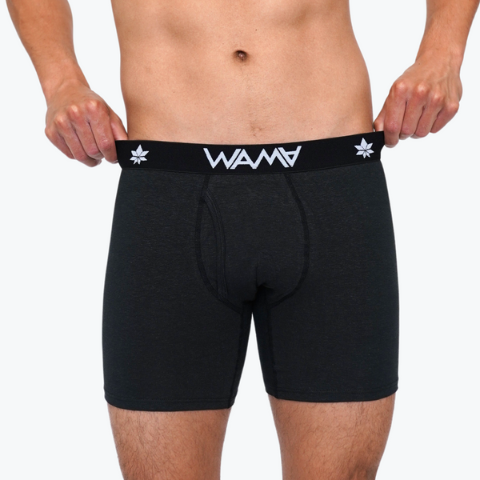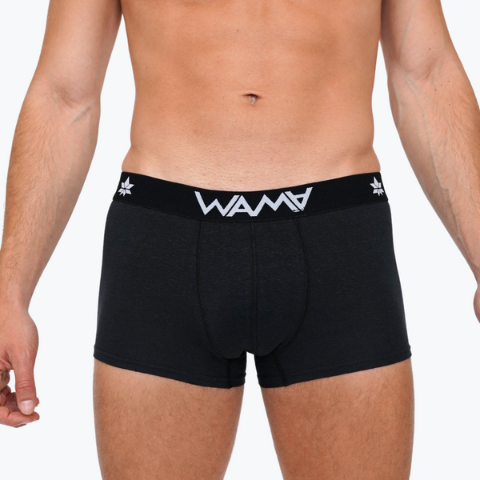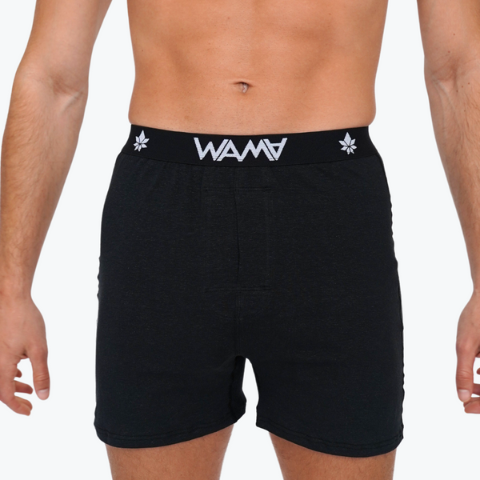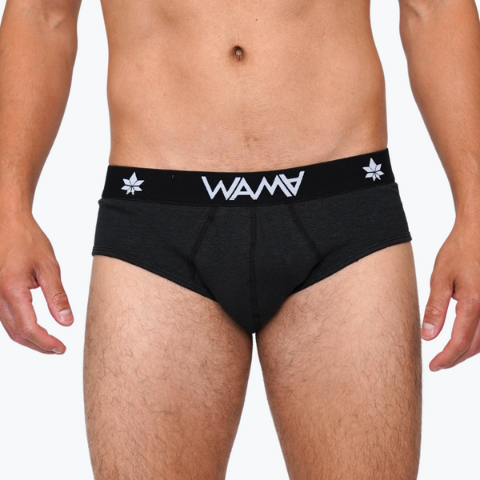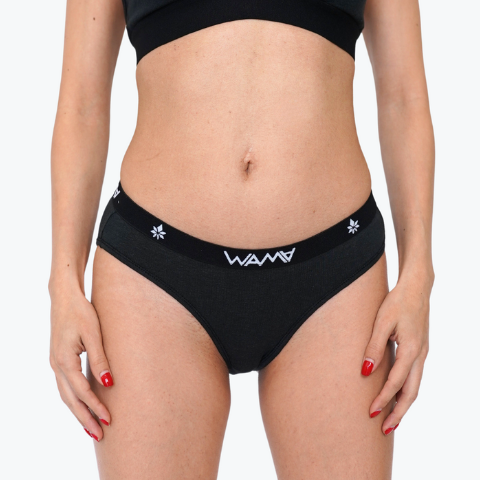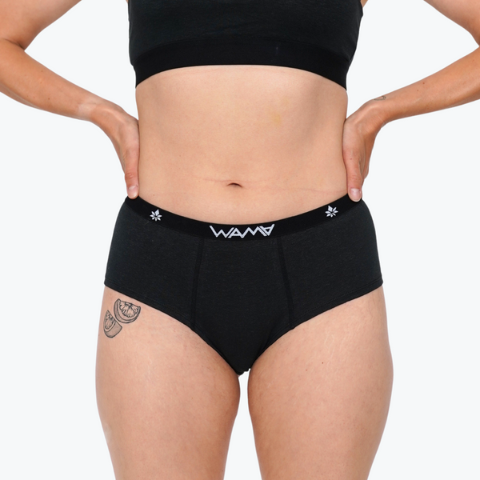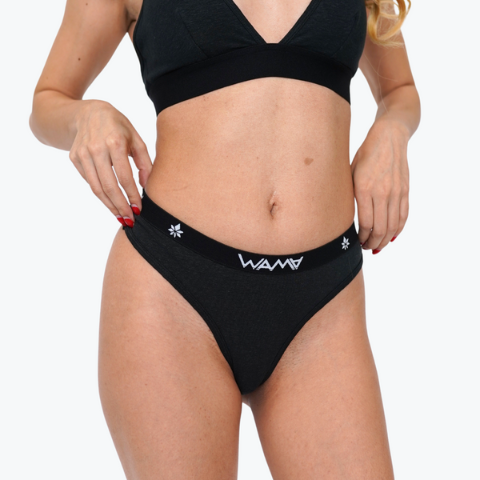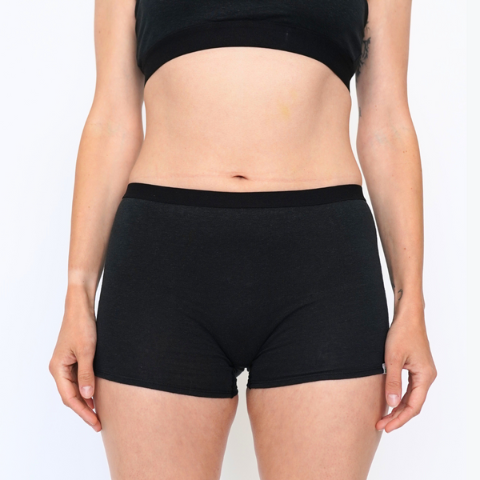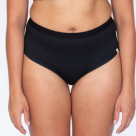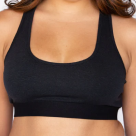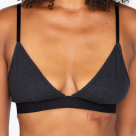
One of my favorite modes of self-expression is dressing myself up. I wouldn’t call myself a fashion girlie but I have managed to acquire a silly amount of clothing in my lifetime. To release some of the anxiety caused by all the clutter, I’ve been leaning toward building a more sustainable wardrobe and it has been dramatically life-changing. So, I’m here to encourage you to do it too!
Saying goodbye to the fast fashion industry and becoming an advocate for slow fashion can seem daunting at first. There are still industry obstacles that favor low-cost materials and production which render natural clothing brands, such as hemp clothing brands, more expensive. You may not always be able to opt for ethical fashion over fast fashion but there are other ways to make a difference!
The important thing to note is that you don’t have to go all in right off the bat and maintain a sustainable capsule wardrobe. Baby steps (like swearing off polyester underwear, for example) absolutely matter and can even become a gateway drug into a more sustainable lifestyle! I promise to help you get started in the easiest way possible so let’s get right to it!
WHY YOU NEED A SUSTAINABLE WARDROBE

The most common reason why someone would opt to build a sustainable wardrobe is an awareness of the damage the fast fashion industry causes yearly. The industry is responsible for 10% of the world’s carbon dioxide emissions.
Another negative quality of the fast fashion industry is the way it promotes excessive consumption of clothing.
Much of this clothing is produced in dangerous conditions with wasteful production methods. This cheap clothing, made of synthetic materials at the expense of abused workers, is generally poor quality, meaning it will likely end up in a landfill sooner rather than later.
Saying no to these bad practices is the very first step to building a sustainable wardrobe. You’re probably reading this because you don’t want to be a participant in the continued slaughter of the planet at the hands of big business. And that’s great, we’re happy to have you on our side! Without further ado, let me give you some tips to make this journey easier for you.
HOW TO BUILD SUSTAINABLE WARDROBE: 17 TIPS

As a bit of a perfectionist, the idea of making tiny, insignificant changes irritates me because I always want to go all in. Today, I’m challenging that limiting mindset because the little changes are a foundation for bigger shifts. If you can implement even one of these changes then you’re golden! Then next week or month, try another and keep it up until you’ve built a lasting sustainable wardrobe that suits you!
1. ORGANIZE YOUR CURRENT WARDROBE
The beginning of any great big life change is taking stock of where you’re currently at. Doing a closet purge is something I would encourage everyone to do every few years. There are a ton of different ways you can go about organizing your wardrobe.
My tried and true method is: piles. One pile for “I wear this all the time, it’s staying.” Another pile for “Ew what even is that, goodbye.” And one pile for “huh, I didn’t know I had that, let’s think on it.” The amount of piles and their official titles can be adjusted to your own preferences.
The main point is to get rid of anything that’s just gathering dust and to make more space for the stuff you do actually use. Once you take a look at your sparse, new closet, you’ll feel the literal weight lift off your shoulders.
2. HIT THE THRIFT STORES
Thrift stores can definitely be a lesson in patience. You’re not always guaranteed to find what you’re looking for but when you do find something special at a really cheap price it can feel like the biggest win in the world.
A pro tip for thrifting is to hit up stores located in areas that aren’t populated by the super trendy youths of the world. For example, a thrift shop in a hip, bustling area may prove to be pretty picked through. However, a thrift store near a wealthy suburb, while it may be more of a hassle to get to, could end up being your jackpot.
3. DO A CLOTHING SWAP

The easiest way to make a new adjustment in your life is to turn it into a party! Once you’ve organized your closet and you’ve gathered all the stuff you are ready to part with, try organizing a clothing swap with your friends. Or score yourself an invite to an already established one.
This can be a great way to acquire some new pieces while getting rid of unwanted clothing. Not to mention that your trash can become someone else's treasure and vice versa! Bring your preferred vices, blast some tunes, and play dress up with new and old pals. All in the name of sustainability, how fun!
4. MEND CLOTHES YOU ALREADY HAVE
One of the most accessible ways to practice sustainability is to prolong the life of clothing you already own. Quickly deteriorating clothes are a staple of the fast fashion industry. Because clothing is often sold at prices that reflect how poorly it’s made, people don’t tend to bother with fixing rips or tears.
Something that wasn’t built to last will eventually reach its finish line no matter how much TLC you offer it. However, mending your clothes, no matter their quality, will extend their life significantly.
5. LEARN SOME DIY CLOTHING FLIP METHODS

Once you learn the basic sewing skills to mend your clothing, you may feel inspired to advance your skills beyond patching up holes and tears. You can find a lot of tutorials online for easy transformations you can perform on clothes you don’t wear.
Common clothing flips include turning a maxi dress into a trendy two-piece set or turning an old mini skirt into a cute blouse. These flips are meant to be beginner-friendly and usually don’t require advanced sewing skills so you’re bound to find something that suits your fancy!
6. INVEST IN QUALITY CLOTHING
Most of us already know the benefits of putting down extra money for a higher-quality electronic device or appliance so why don’t we approach clothing the same way? Sure, a $5 t-shirt seems more appealing than a $25 t-shirt at the moment, but when you give it more thought the pricier option can turn out to be the better investment.
A poorly made item of clothing will reach the end of its lifespan quickly and you’ll be forced to repurchase it. Replacing it with an item of the same quality throws you into a wasteful cycle. Buying a more expensive article of clothing (provided that it’s good quality and you’re not just paying extra for a brand name—don’t forget to check the fabric!) will leave you with something that might last you a few decades if you care for it correctly.
7. BEWARE OF A BRAND'S MISSION

Maintaining a sustainable wardrobe and lifestyle isn’t just about what you own, it’s about the missions you choose to support. Yes, the fashion market is saturated with bad business practices, cheap synthetic materials, and a ton of greenwashing. However, there are many brands and small business owners dedicated to combating all the bad stuff.
A brand that’s highly transparent about every step of its production process is likely to have good intentions. Do your research and avoid companies and stores that use vague language or too many buzzwords to describe their business practices (especially when it comes to the working conditions of employees).
8. CHECK THE LABEL FOR MATERIALS

Natural, organic materials are always going to win over synthetic ones in terms of durability and overall performance. As I mentioned before, spending more on an item doesn’t always guarantee you a better product. It’s up to you to check what an article of clothing is made from to ensure you’re paying extra for quality and not a fad.
Natural fibers (like hemp fabric or organic cotton) are also the better choice for the environment. These fabrics often require a lot fewer resources to produce and once the item of clothing has reached its retirement stage it can even be composted (provided that it’s made of 100% natural fibers).
9. TAKE A DELICATE APPROACH TO WASHING CLOTHES
Frequent machine washing with harsh detergents can wear clothes down fairly quickly. The first change you can implement is saying no to chemical detergents. There are many gentle, eco-friendly detergent options available for purchase and some companies are even making plastic-free detergents that are even better for the planet.
To treat your clothing even better, consider handwashing more delicate items. Learning how to hand wash underwear, for example, is an excellent way to ensure that you get more use out of it.
10. WASH CLOTHES LESS OFTEN

Piggybacking off the previous tip, another way you can prevent your clothes from deteriorating quickly is simply to wash them less frequently. If you’ve got some image in your mind about flipping your underwear inside out to wear them a few days in a row, stop right there (say it with me: EW!)! Please continue to wash your undies after each wear!
When I say wash your clothes less, I’m referring to things like jeans and dresses and fancy shirts. Unless you’re sweating through your clothes every day or you’re working in dusty, greasy conditions, then you’re able to get several wears out of those items before they start showing noticeable signs of being unclean.
11. RENT OR BORROW CLOTHES
Some clothing items will get less use than others because they’re considered “special occasion” wear. Owning a few of these items is completely fine! You don’t need to wear something every week for it to have space in your sustainable wardrobe! However, purchasing a new dress for every wedding or event you’re invited to is a wasteful practice. If you do need something new to wear, consider borrowing something from a friend or renting a garment from an online service.
12. STEER CLEAR OF TRENDS

The fast fashion industry thrives off of a fast-paced market of things falling in and out of popularity. This perpetuates a cycle of waste. You’re meant to buy something, wear it for a season, and then send it into oblivion after a few months while you move on to the next new thing.
The better approach is to take time to understand your own style. What do you feel like your best self in? I’m sure that you already have go-to pieces in your wardrobe, so simply try finding similar ones. Work on learning how to build a sustainable wardrobe that works specifically for you and is something you won’t get bored of. Sustainability never goes out of style!
13. SWITCH OVER TO SUSTAINABLE UNDERWEAR

Synthetic underwear is just not the move anymore. It’s the worst choice for the planet and for your body. Try switching over to hemp underwear. Hemp is the most sustainable material on the market and underwear made from it is super durable.
I’m speaking from the experience of someone with a hoo-ha and I can say with full confidence that your kitty will love you for protecting her with a material she can breathe in. The same applies to the boys and their jewels!
14. PRACTICE DELAYED PURCHASING
You can also think of this as “mindful shopping.” The main idea behind this sustainable wardrobe tip is to rein in your impulses when shopping. Try to avoid distractions and peruse only the shop sections that have what you need.
Of course, a frivolous garment is bound to take your breath away every now and again. If it’s something you want but don’t need, try walking away from it. If after a few days of consideration, you decide that it will be a good addition to your wardrobe, go back for it. This can be trickier to implement at thrift shops or vintage boutiques but if a piece is really meant for you, it will wait until you’re sure you need it!

15. DONATE OR RECYCLE UNWANTED CLOTHES
After you perform your closet purge, you’ll likely be left with a lot of unwanted clothing. There are many options for what to do with it and sending it to a landfill definitely isn’t one. Try selling nicer pieces at a consignment shop for a few extra bucks or store credit to get new used clothes. The pieces that you don’t sell can be dropped off at your local thrift shop.
Have you ever wondered what to do with old bras? You can donate those too (if they are lightly used) or send them to a textile recycling center if they’re super worn (along with your old undies)!
16. OPT FOR VERSATILE ITEMS

A big part of creating a sustainable capsule wardrobe is finding pieces that work well together and can be mixed and matched to serve different functions. Try layering articles of clothing as opposed to buying completely separate pieces for colder weather.
Of course, there are some seasonally exclusive items that you’ll need (like coats and sweaters). Those types of items can be pricey (especially if they’re good quality and made ethically) but worth it—I would strongly suggest making the investment in high-quality outerwear because it can last you many years!
17. TREAT YOUR CLOTHING WITH RESPECT
I’ll admit that I’m pointing this one directly at myself. In my room, I have a chair, otherwise known as my “other closet.” I’m willing to bet I’m not the only one who piles up my clothes because they are “kinda clean” and I don’t feel like putting them away.
While the clothes chair can help you wash your clothing less (which is good!), it can also result in wrinkly clothing, which leads to the need for ironing, which can shorten the lifespan of your clothes. It is best to put away your clothes properly after each wear. Check the label for care instructions and wash accordingly.
CONCLUSION

Creating your perfect sustainable wardrobe is not something that happens overnight and it’s also not a process that can be mapped out to apply to everyone.
Your ideal wardrobe may be one that gives new life to other people’s unwanted items. Or maybe you’re more of the type to invest in high-quality pieces from sustainable brands. Or you’re a sewing savant who’s ready to redesign all of your boring old clothes into fun new ones. Whatever the case may be, I hope this post has inspired you to make the leap!
Do you already practice sustainability when it comes to your wardrobe? Are you feeling particularly inspired by any of these tips? Or do you have any bonus ones to share? Let me know in the comments!
